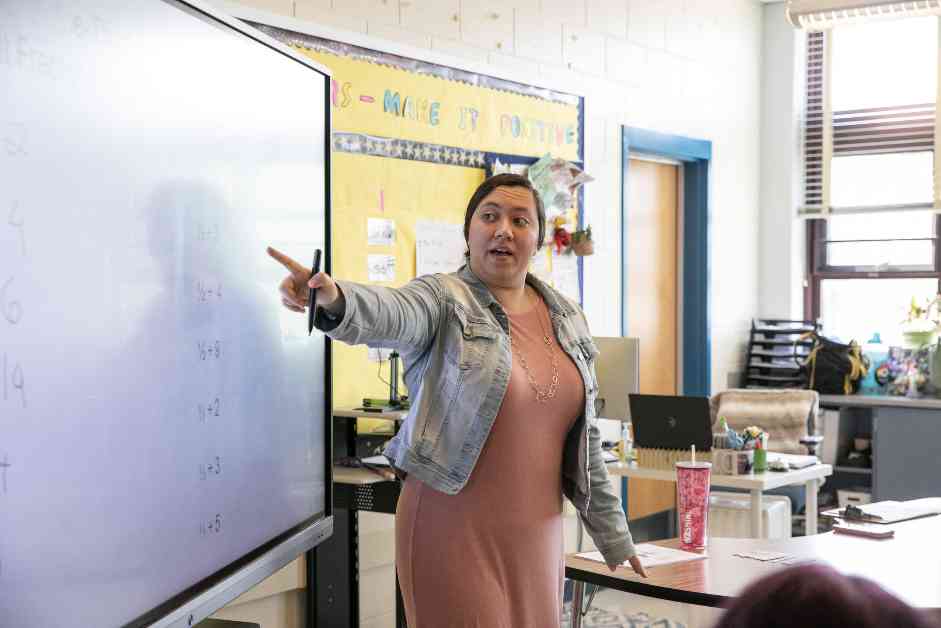The education system is currently facing a significant teacher shortage, with nearly 9 in 10 school districts struggling to hire teachers for the upcoming school year. This shortage is particularly acute in subject areas such as special education, math, science, and foreign languages. Minority-serving institutions, including historically Black colleges and universities, Hispanic-serving institutions, tribal colleges and universities, and institutions serving Asian Americans, Native Americans, and Pacific Islanders, are playing a crucial role in addressing this shortage.
These institutions have a track record of preparing diverse educators who are well-equipped to meet the needs of all students. By partnering with local school districts, minority-serving institutions can help ensure that every child has access to a high-quality education delivered by well-qualified teachers. These partnerships prioritize subject and content knowledge, teaching techniques, diversity, and community engagement, creating a supportive environment for both educators and students.
For example, the partnership between Laredo Independent School District and Texas A&M International University’s Educator Preparation program has been successful in developing local teachers through high expectations, data-informed recruitment, and collaborative initiatives. Similarly, the Branch Alliance for Educator Diversity has been working with teacher preparation programs at minority-serving institutions to address school hiring needs using innovative tools like the Vacancy Data Tool.
These collaborative efforts are showing promising results in preparing novice teachers for the realities of the classroom and enhancing their skills for a smoother transition into the education system. By building on these partnerships and developing additional tools, we can further strengthen the teacher pipeline and create a more inclusive and equitable education system for all students.
As the student population becomes increasingly diverse, minority-serving institutions are playing a critical role in preparing a teacher workforce that reflects the diversity of America’s students. By investing in these institutions and supporting their partnerships with local communities, we can address the teacher shortage and drive innovative pathways into the teaching profession.
Overall, the success of these partnerships highlights the importance of collaboration between educator preparation programs and school districts in addressing local teacher shortages and building a high-quality teacher workforce. By working together, we can ensure that every student has access to a well-qualified and diverse educator who can help them succeed in the classroom and beyond.







